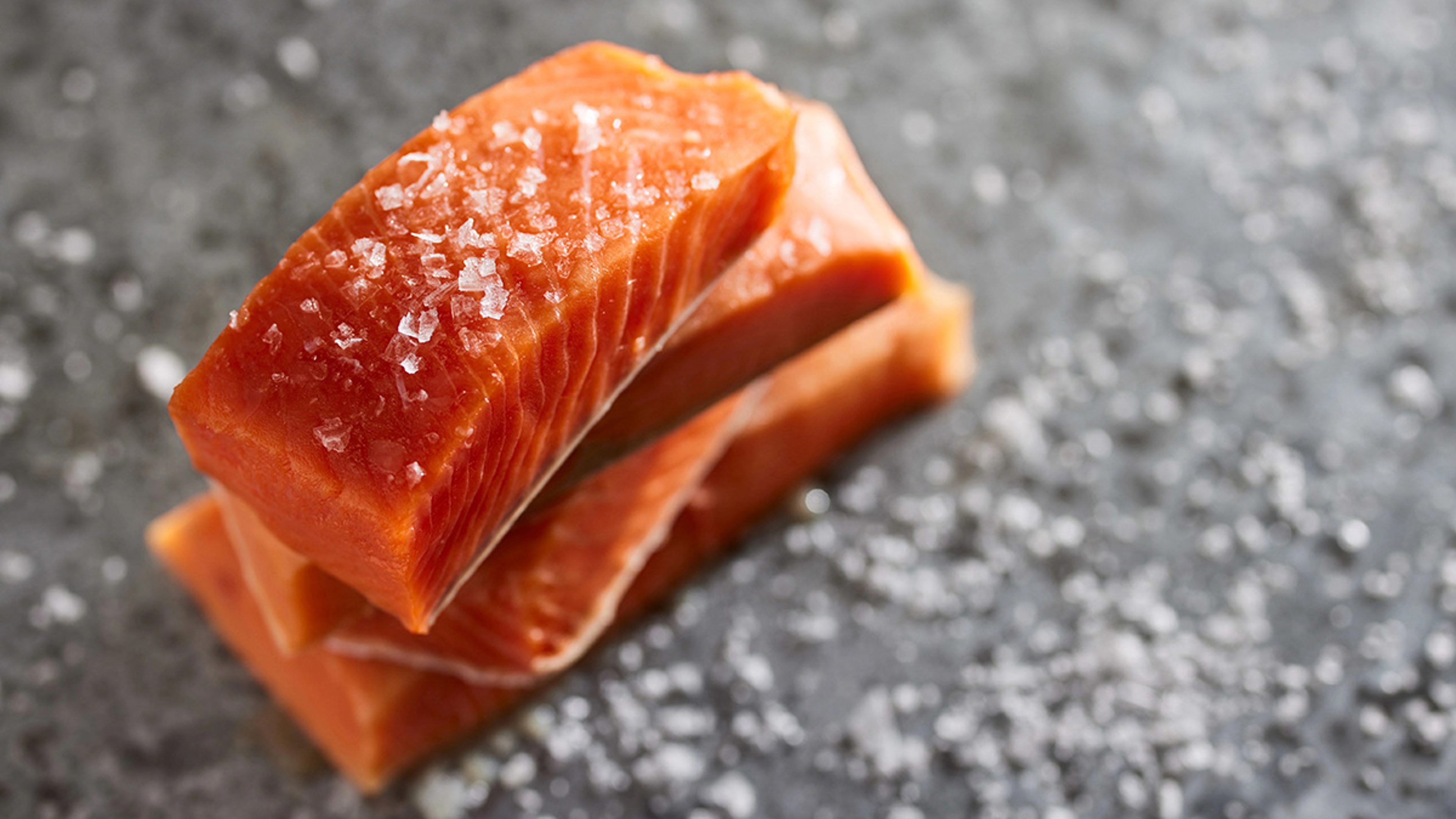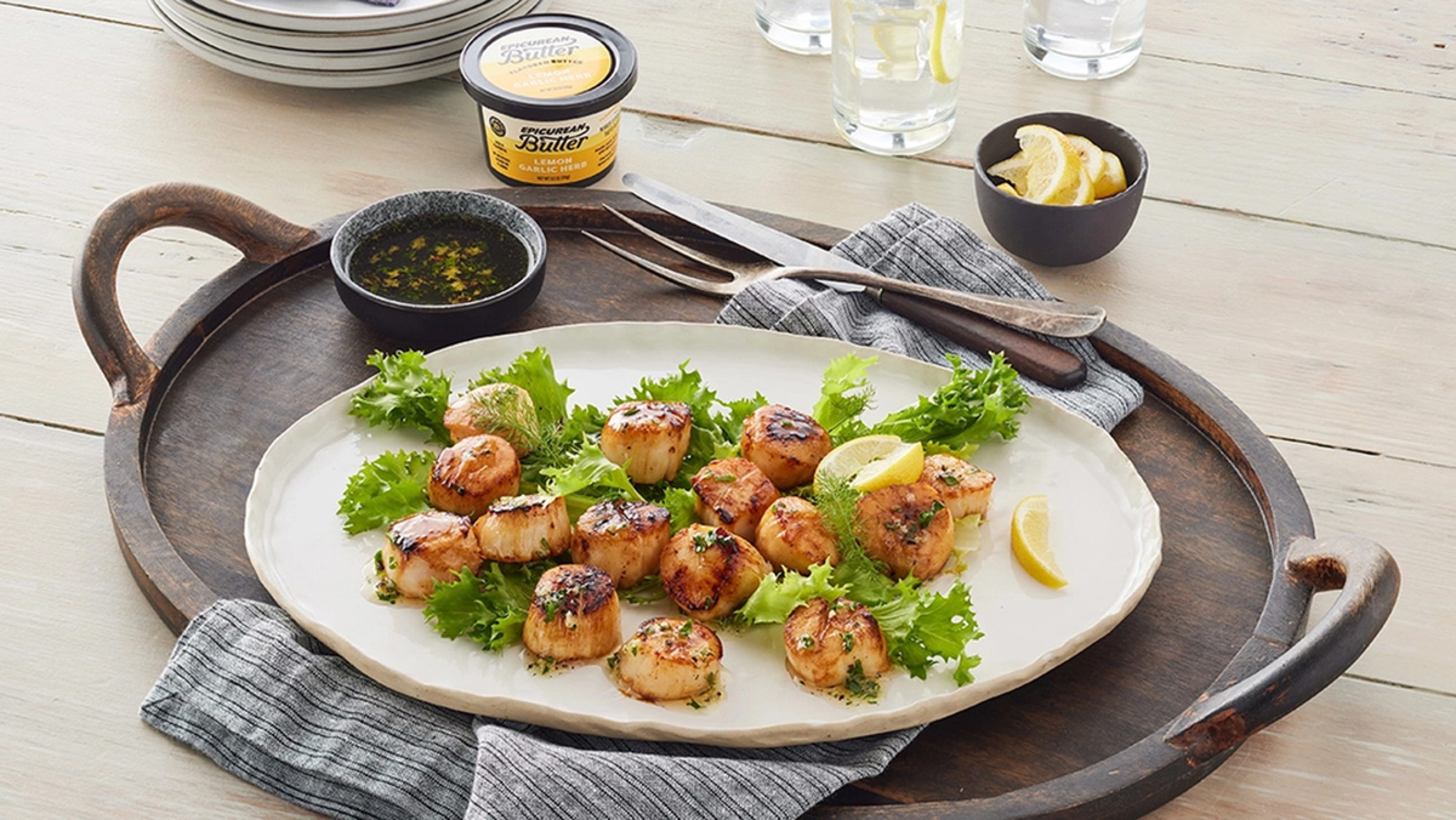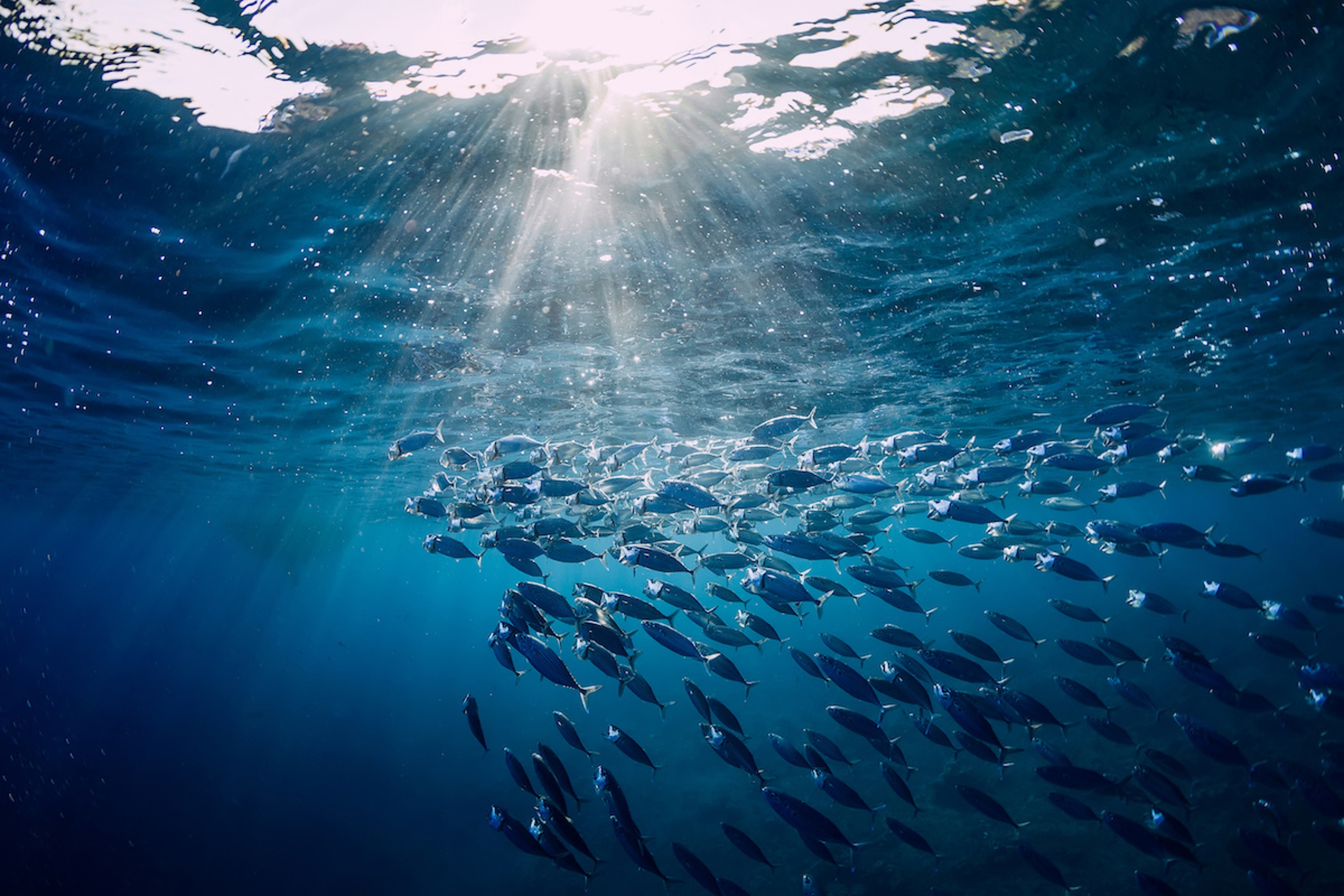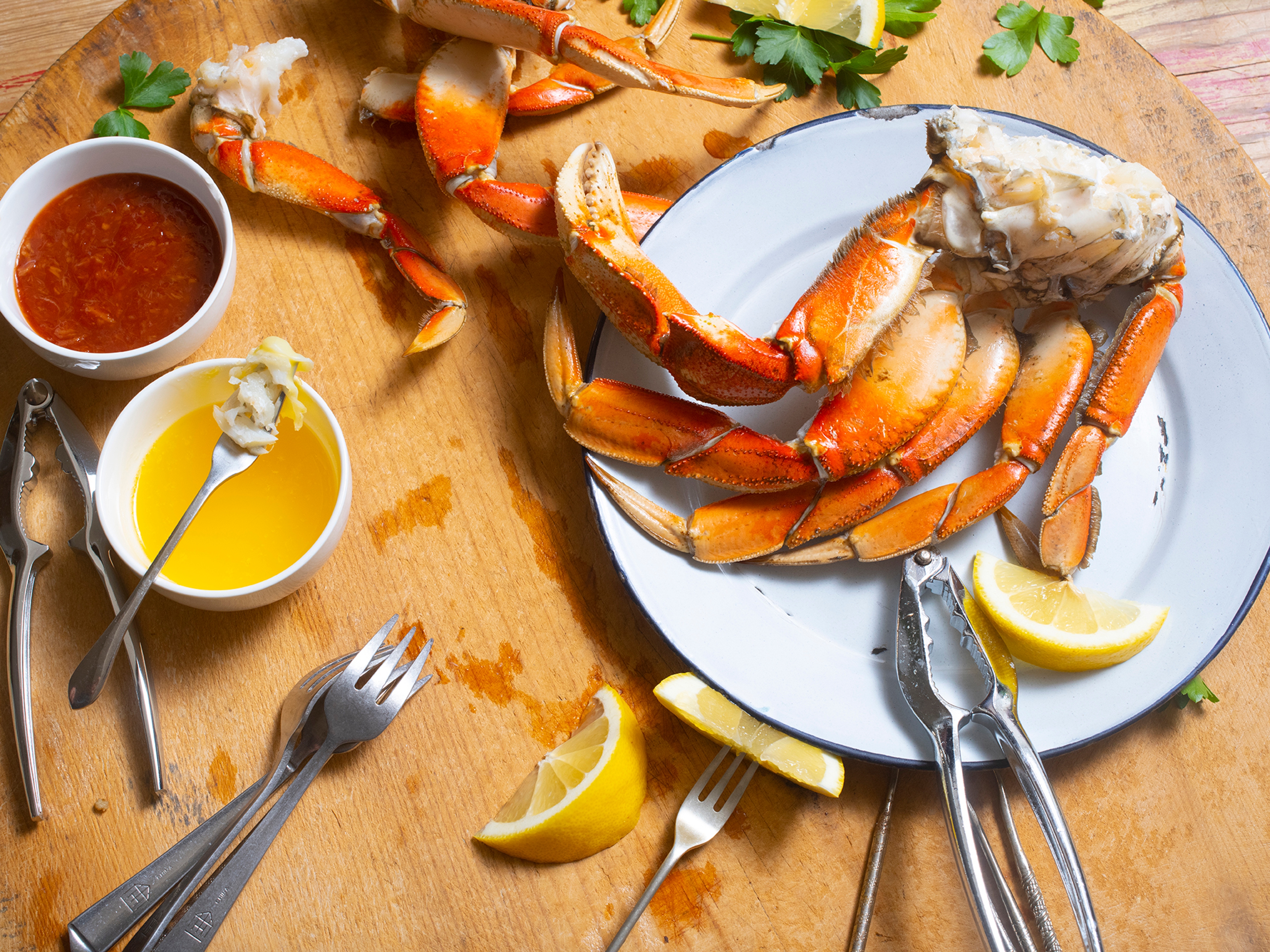All Your Questions About Salmon, Answered
Is frozen fish better than fresh? What does “sushi grade” mean? Those, and 10 more questions about this simple-to-cook fish.
May 21, 2025
Salmon is the second most-consumed fish or seafood in the United States (shrimp takes the top spot), with Americans eating approximately 3 pounds of salmon a year. And, it is so versatile in the kitchen. Like Bubba says about shrimp, you can prepare salmon in so many ways, from baking and grilling it to smoking it, and even eating it raw.
Despite salmon’s popularity, there’s probably a lot about it you don’t know. Let’s take a deep dive into this ubiquitous fish.
What are the different types of salmon?
There are seven varieties of wild salmon: the five Pacific types — sockeye (red salmon), Chinook (king), pink (humpy), coho (silver), and keta (chum) — which are the most common, and the duo of Masu and Amago salmon, which are only found in Asia. The strictly farm-raised Atlantic salmon is an eighth variety. Though Steelhead trout are sometimes passed off as another type of wild salmon, their ability to spawn for multiple seasons disqualifies them from official classification.
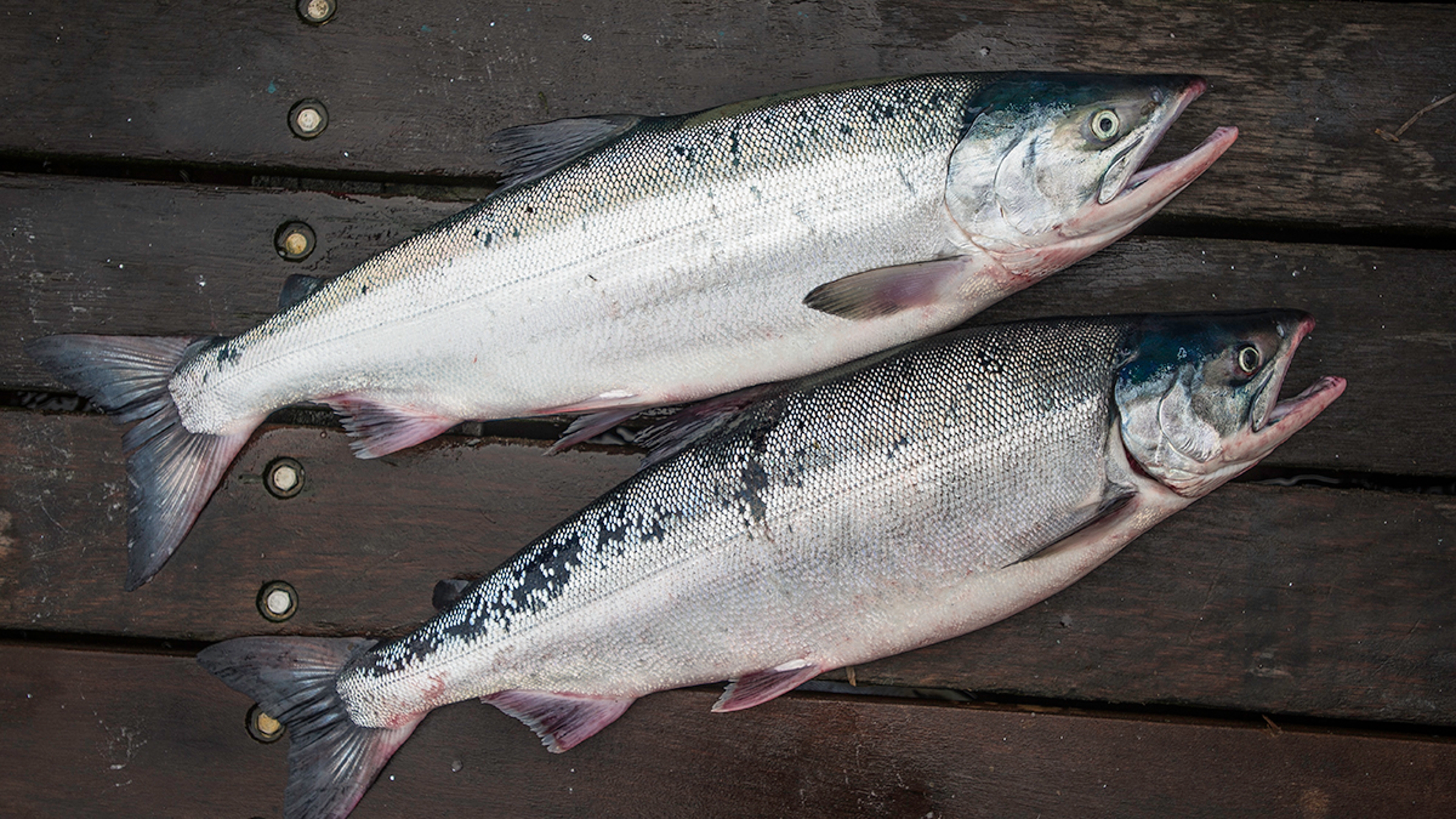
What’s the difference between wild-caught and farm-raised salmon?
Whereas wild-caught salmon are born and swim in the open ocean, farm-raised salmon grow in enclosed tanks and pens within natural water bodies, and are fed a controlled diet. Given their oceanic diet and more active lifestyle, wild salmon tend to have a stronger flavor and firmer flesh than the farm-raised varieties. Though the nutritional profiles of wild and farmed salmon have been known to differ, neither is considered a more beneficial dish than the other.
What is sushi-grade salmon?
Salmon labeled “sushi grade” indicates it has been flash frozen to eliminate any potential parasites, rendering it, without question, safe to be consumed raw. All the same, the culinary world seems to agree that any high-grade salmon handled in a sanitary manner from catch to kitchen is safe to be used in sushi.
Why do salmon swim upstream?
The unique upstream journey salmon make is driven by a natural urge to spawn in the same waters in which they were born. This arduous quest, guided only by natural instinct, is often hundreds of miles long and calls for salmon to dodge in-water obstacles during all types of weather, as well as evade waterside predators, such as bears.
READ MORE: A Conversation Between an Alaskan Salmon and a Brown Bear
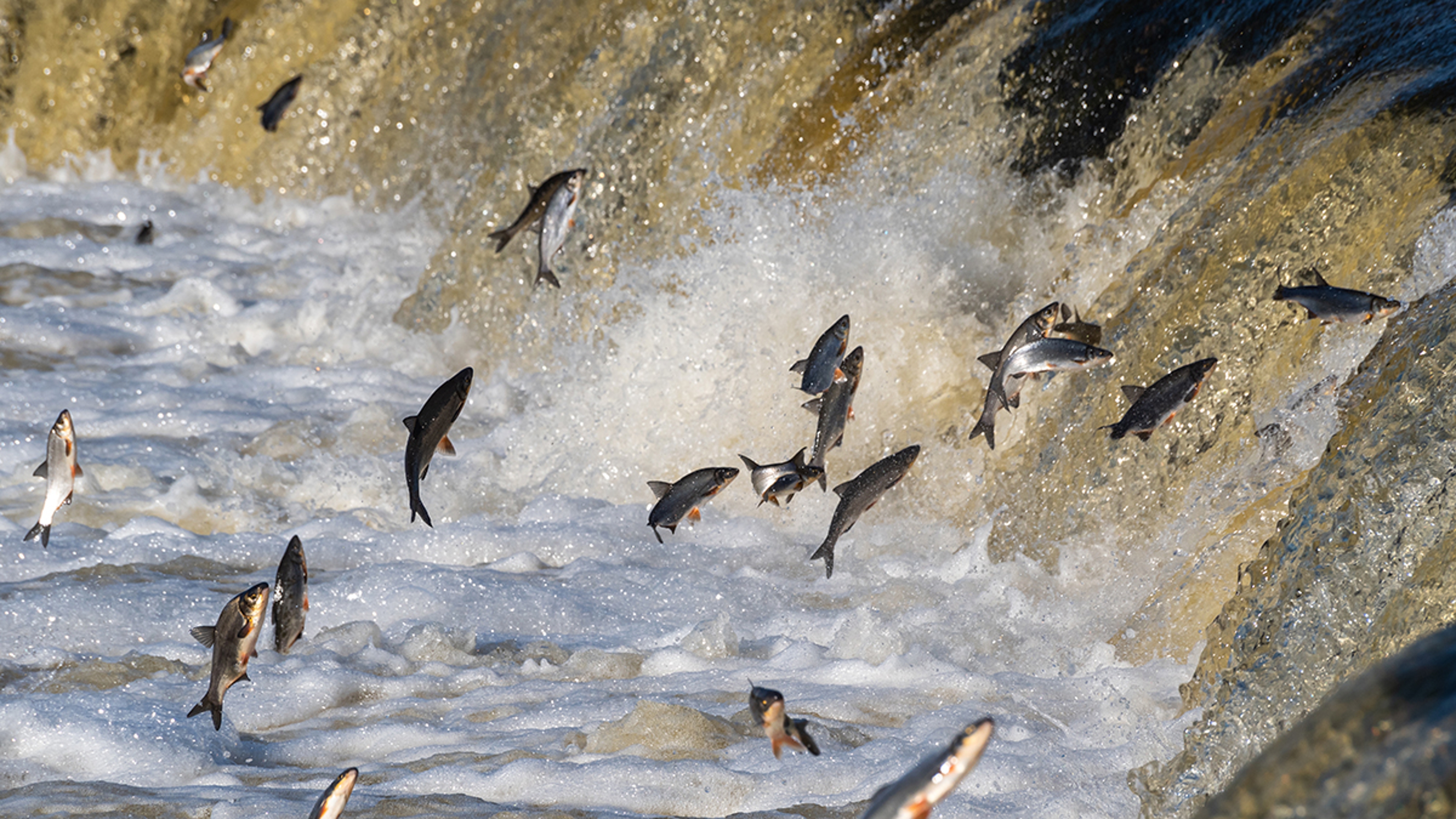
Where is the best place in the world to go salmon fishing?
While Russia’s Kola Peninsula, the Gaspé Peninsula in Canada, and the River Finn in Ireland all boast sensational salmon fishing, Alaska, with its abundance of pristine natural habitats and conservation programs, is said to offer the world’s best (including robust populations of Sockeye, Chinook, and Coho).
Why is salmon flesh orange?
The trademark orange color of salmon is a result of a diet rich in krill and other crustaceans. The many carotenoid pigments contained in these creatures, including the natural reddish colorant astaxanthin, give salmon both its vibrant coloration and some of its prime antioxidant health benefits.
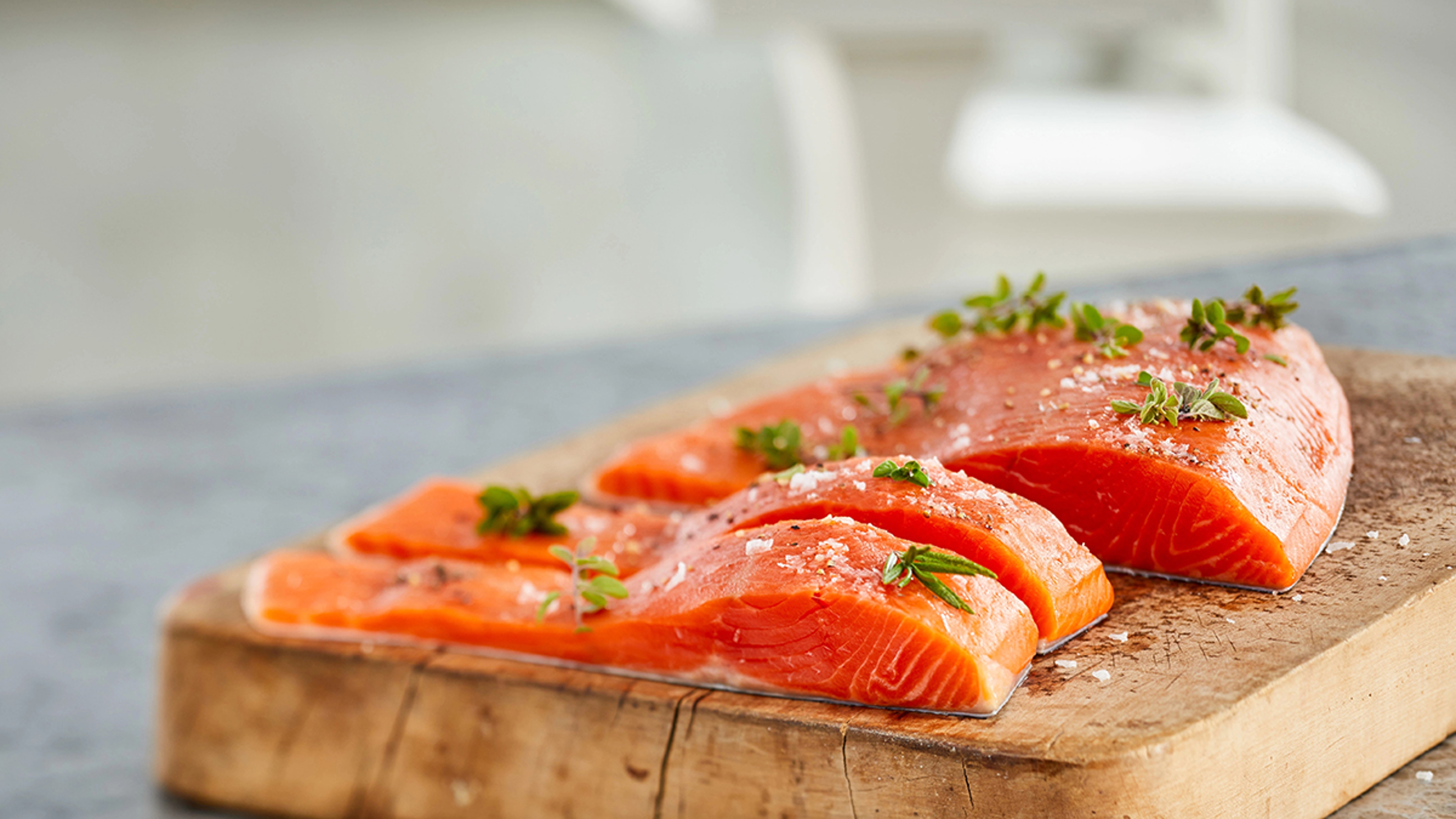
What’s the easiest way to cook salmon?
Oven baking salmon is a simple process requiring only olive oil, salt, and pepper for a perfect taste (many cooks also swear by a squirt of lemon juice). Heat the oven to 375 degrees and line a sheet pan with parchment paper. Pat the salmon dry with paper towels and place on the sheet pan. Brush the fillets (go for center cut) with the olive oil and season. Bake for 12 to 15 minutes.
READ MORE: Our Favorite Salmon Recipes
How do you get salmon skin to be crispy?
Pan cooking is ideal for achieving a crispy skin. First, gently pat the salmon with a paper towel to absorb moisture, then place the fish skin-side down in a preheated pan coated with oil. Fry for roughly 3 to 4 minutes until the skin grows visibly crisp and golden. Oh, and don’t forget to cook the other side, too!
Is there a salmon season?
Depending on their species and region. Copper River King salmon season, for instance, are caught beginning in mid-May and runs for only a few weeks. Once the calendar flips to June, Sockeye salmon, also in Alaska waters, are the talk of the town.
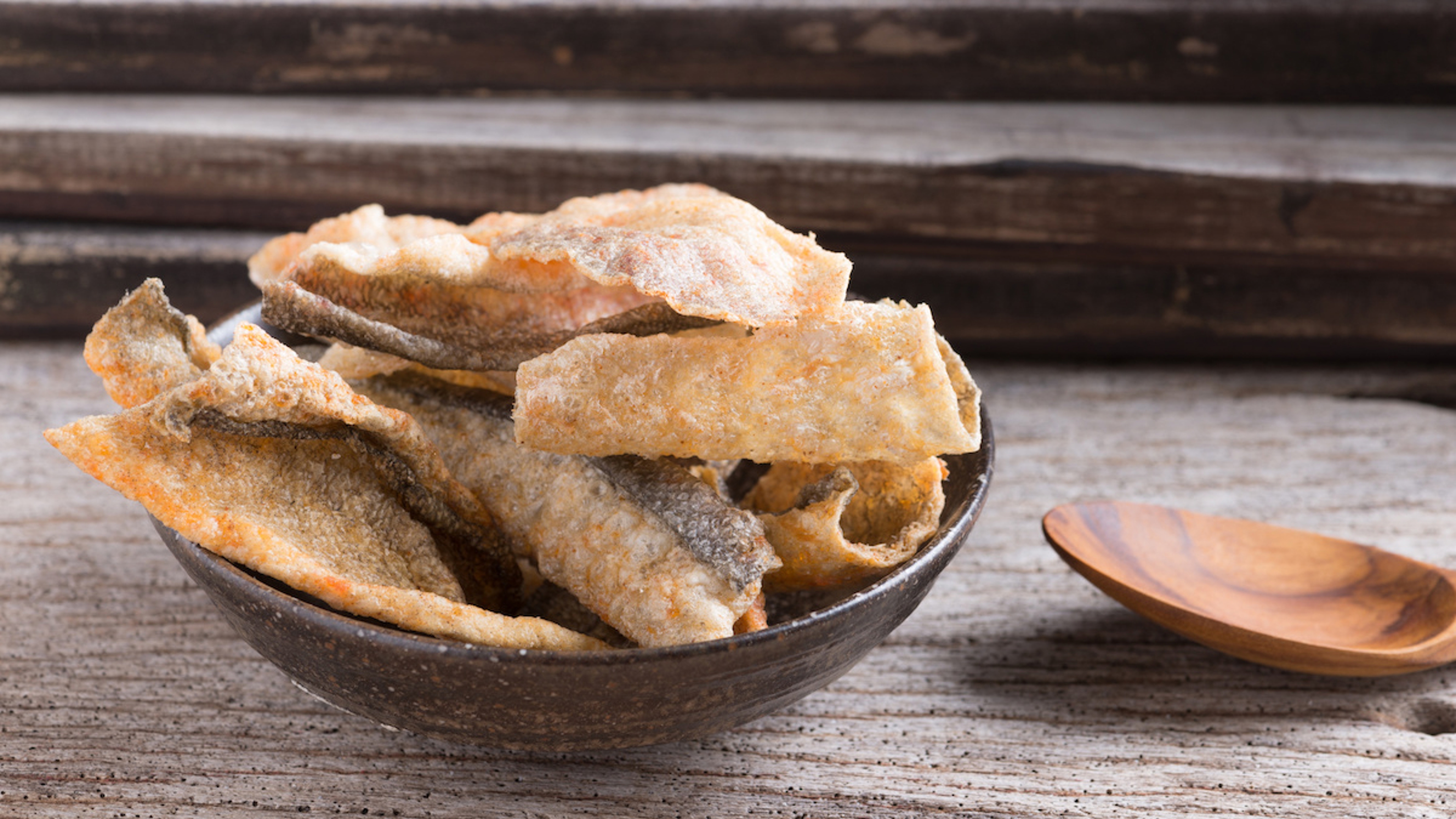
How much salmon should I eat in a week?
Salmon, or any fish, should be at the center of your plate. The U.S. Food & Drug Administration guidelines recommend consuming 8 ounces of fish, including any type of salmon, per week.
We all know salmon has omega-3s. What other nutrients and minerals do salmon have?
In addition to its abundant fatty acids, salmon is packed with protein, vitamin B12, vitamin D, potassium, and selenium, making it a great choice of a healthy, balanced diet.
How does the quality of frozen salmon versus fresh salmon differ?
While fresh salmon is billed for its standout taste and texture, high-quality frozen salmon is equally delicious and nutritious. Because salmon is always frozen at peak freshness, either on the fishing boat or within a day of catch, all nutrients and flavor are fully locked in until it’s time to enjoy.

